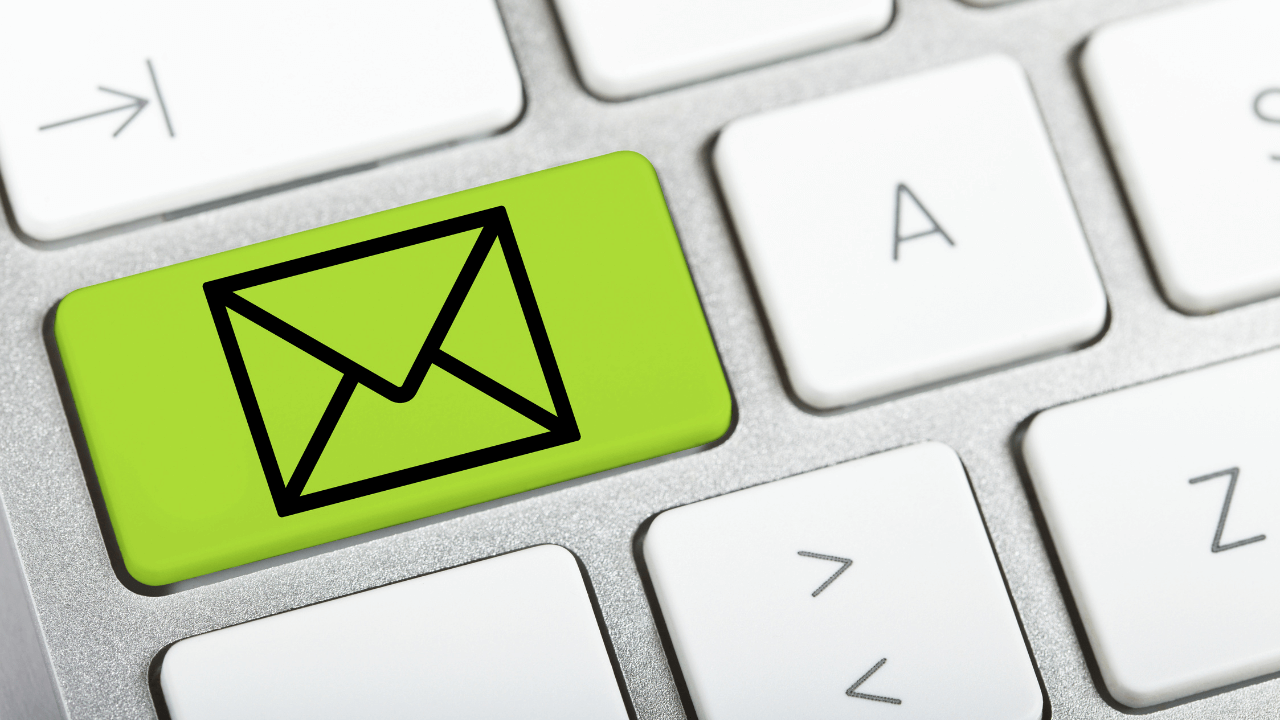Did you know that the average email open rate is 15%-30%? And did you know that the average open rate for an SMS is a whopping 98%!
When you do this well, you see your profits increase too.
So doesn't it make sense then for you to be using SMS within your business?
Watch this short, content-filled video below to discover the hows, whens and what NOT to do when sending SMSes to your database:
Hey it's Jason Buckner here from Automation Made Easy. I just wanted to talk with you a little bit today about SMS. About why we should use it, when we should use it and the pitfalls in using it that we've really got to look out for so that we don't do ourselves a disservice. When I say that, I mean a financial disservice as well.
Why it's important to use SMS... properly:
Not only can using SMS badly in your business cost you a bit of money from your marketing results, it can also cost you a huge amount of money if you abuse the system and if you get caught. As a known SMS spammer you can literally get fines, as a small business, in the 10 and 20 thousands of dollars… which we don't want to do.
We want to avoid that sort of thing at all costs but get the best possible returns.
So let’s dive right in to SMS and why we should, and when we should, and how we should as well.
The Why, When and How:
Firstly, email is our traditional method of marketing or communicating with our customers. But email open rates on average are between 15% to up to about 30%. 30% is the higher side of average and in fact you should be striving to get higher than that. And we can use SMS to do that.
So 15% to 30% on average, but SMS open rates on average are around 98% and 90% of those on average are opened within the first 3 seconds. So not only are we not waiting but we are getting instant results – or almost instant results. But we need to be very careful with what we send when we do that.
We absolutely should be sending SMS.
Now, when should we be sending it though, to get the best possible results from it?
Firstly when someone buys from you or signs up for something or gets something from you. That's a great time to use SMS to get an instant connection, but also instant gratification for our customer or potential customer.
So definitely, when someone buys or signs up for something.
We should definitely use it for event reminders. If you run an event, absolutely use SMS in there to remind people to go back to the email.
And we should absolutely use SMS when someone is booking an appointment. We can increase our show rates on appointments by up to 37% by including SMS reminders in that process. So 100% we need to get those reminders in there.
Now the next really cool time that we can use SMS is in our marketing
You know a lot of the times when we market to our database we just send emails and we're getting a particular result. The first time that you send an SMS to your database you’re going to get a huge result because people aren't expecting that from you and it's going to be great. It's not going to be like that all the time though and you've got to follow a few procedures to make sure you're not doing yourself a disservice, okay?
The first one is:
- Don't do it too often. If you're going to send a marketing message, don't do it too often.
Now if you send SMS reminders about an event or if you send SMSes about something someone signed up for, that's a little bit different. What I'm talking about here is a direct SMS out to your database that is all about marketing a product or marketing an event or marketing a webinar or something like that. If you're going to send an SMS out you've got to be very careful.
Don't do them too often otherwise you'll abuse your database and you'll get not-so-good results.
In the USA, SMS has been abused dramatically and the results from SMS marketing is much lower than it is for us here in Australia so long as we don't abuse it.
So number one: don't abuse it. Don't do it too often.
- There’s one really important thing you have to do in marketing SMS. Those SMSes where someone has signed up for something we don't have to do this. But in a marketing SMS we've got to have some sort of system where someone can automatically opt out. This is super super important. You must have an opt out system on a marketing SMS.
If you don't have that then you could be considered spamming if you're sending a marketing message out without that
So it's super important to make sure that's on there. We've got to have that opt out process - you know… “Reply STOP to opt out” or “Click here to unsubscribe” or something like that. So long as that's in the system and it happens automatically. Again, don't abuse it.
If you're going to send marketing messages on SMS, the first one is going to be brilliant. You’re going to get these huge results. Don't expect every one of them to if you're sending an SMS every single time.
The other really cool thing I like to do is I like to use SMS to promote people engaging with our emails. So we send an SMS to say, “Your link is on its way. Check you inbox for it right now.”
That sort of thing is really cool to get people engaging back with our emails, from the SMS that’s being opened much more frequently.
So make sure we don't abuse and be clever with the way we use our SMS.
What software should you use?
Now the main software that I like to use is called Fix Your Funnel.
The reason why I like to use Fix Your Funnel is the SMSes coming in come into like a support desk kind of system so you have this whole engagement process and it's integrated and goes directly to Keap. We have the whole conversation history within Keap and the whole conversation history is inside Fix Your Funnel as well.
So when we reply we can see all of the automated messages that have gone out as well as any of those replies that have come back in. It's super cool.
But it is a bit higher end cost, so that’s for if you're serious about your business and there's a big need for it.
If you just want to send a few SMSes as event reminders and to start getting some sort of process in there, some sort of engagement with your customers, higher engagement... maybe want to send a few marketing messages here and there – then I recommend something called SMS Broadcast if you’re in Australia.
They have a really cool first sign up process where there’s a discount of – I think it's up to 40%. If you sign up for a big amount it becomes very, very economical for you for the first period.
The first time we used SMS was many, many years ago. But we signed up and ended up getting about 4 years of SMS credits because of the discount that you can get when you sign up. So that’s very good as well.
So… Fix Your Funnel if you're highly integrated and you want a fully integrated system and SMS Broadcast if you don't want that and are based in Australia.
Now SMS sending from the campaign builder is a little on the complex side but not too complex. So we do what we call http post within our campaigns whenever we want to send an SMS and there's some formula and format to do that.
But we can absolutely help you with that if you need. Just comment below or send us a message if you would like help with that.
So just to recap:
98% open rate and 90% in the first 3 seconds. So it’s super, super important to be using SMS not just for marketing… not just for engagement.. but also to encourage engagement with our emails.
Number 2 thing: When are we going to use it? When someone signs up for something, whether they buy or opt in or something like that, get higher engagement using SMS.
When you're sending appointment reminders – it’s super, super important.
When you're doing event reminders – it’s super important.
And last but not least, when you’re marketing. But not too frequently within the marketing process.
How much is too much?
Try it once a month and then go less than that, then go more than that and see how your database responds.
Next thing – this is super, super important – you must have an opt-out process and absolutely don't abuse this process.
Any questions, let me know. But absolutely get in there and start using SMS. It's super cool!
Looking for help in setting this up in your business? No problem.
Simply book a free, no obligation call with us to see how we can help you.






